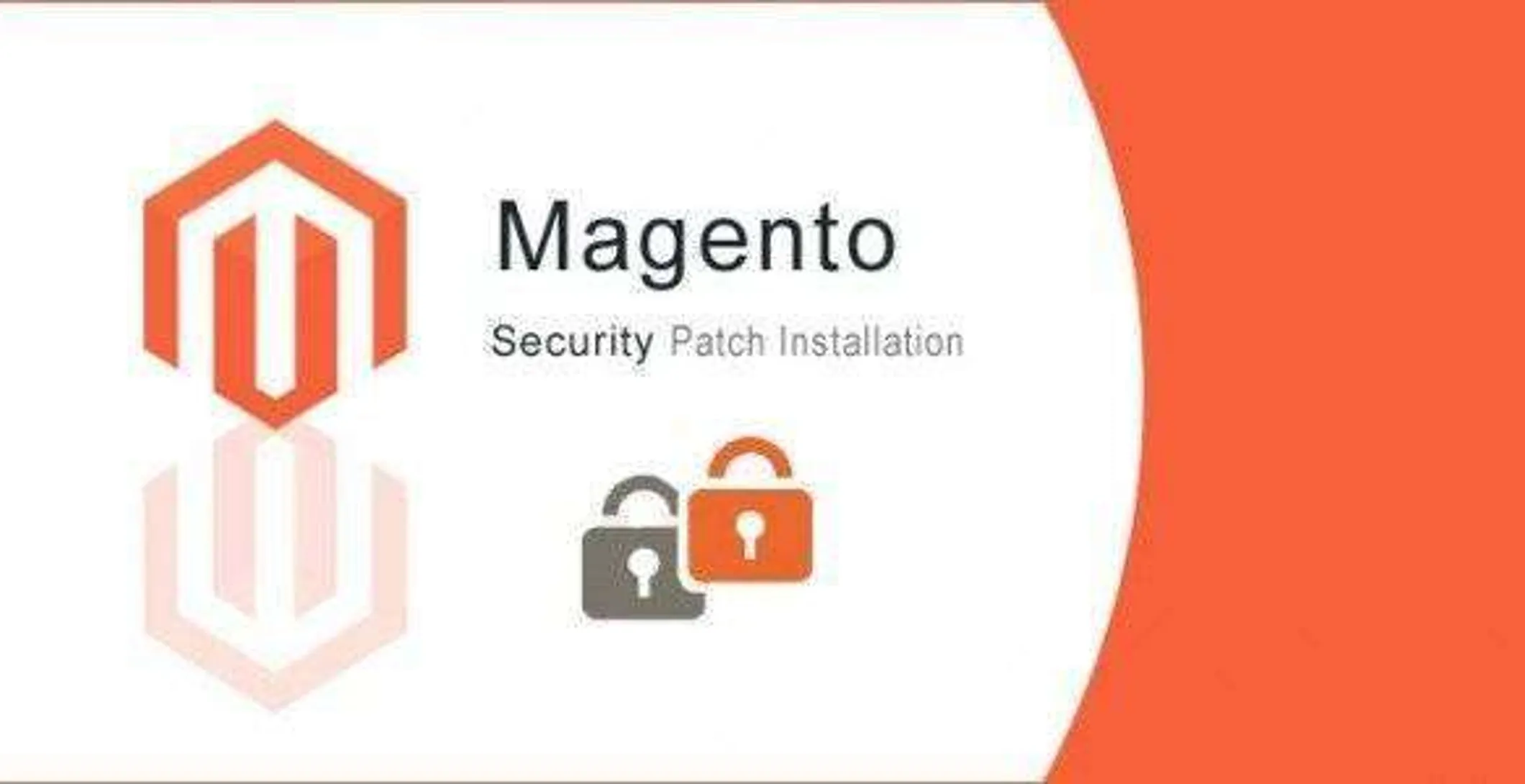Magento is a top notch product for eCommerce when it comes to platforms for web stores. Moreover, it implements regular updates and releases Magento security patches in order to grant best performance, quality features and security to its customers. That is probably the reason that 26% of Alexa top 1 million eCommerce websites rely on Magento (according to a survey which was conducted by Tom Robertshaw in 2013), which means that most people starting up a business in eCommerce will probably choose Magento to built their website on.
What most people do when implementing Magento is exploit and expand on its core features concerning basic web shop management. However, Magento is only what it promises to be if all its best practices are followed, including security tips and recommendations.
As much as these days it takes a good hacker to get to you and your website, don’t underestimate cyber criminals and their force. It takes the slightest code weakness or security feature loophole to make your eCommerce website vulnerable. Bear in mind that each software becomes more vulnerable to hacker attacks in time as new technologies develop. It is just something unavoidable.
This is why Magento releases security patches when it identifies weaknesses in the system. Once these patches are available online, every Magento admin should install the patch ASAP.
Remember that any information leakage and theft may result in an irreversible damage to your brand and website. After all, how many of you would shop again from a website previously hacked?!
Magento security patches importance

Most hackers target eCommerce to spam, phish or steal a brand’s customer database. Magento is regularly patched to fight off any possible vulnerabilities in its code. However, only if a website admin follows Magento’s security best practices, Magento’s efforts to protect a website will be truly valuable.
In February 2015, CheckPoint discovered a vulnerability in Magento and reported it to the latter. A security patch was released almost immediately urging Magento admins to implement the patch as soon as possible. In the following months, more patches were released to provide Magento users with top notch security. However, according to Byte, by September 2015 only a small percentage of eCommerce business using Magento translated to the latest patches.
The conclusion? Most people simply don’t implement security patches or don7t apply these for months after their release, leaving their website vulnerable to all kinds of disasters.
Why is that?
It seems that there are 3 main problems that lead to the dismissal of Magento patch installations:
- Terminal access requirement
- Complexity of installation
- It takes a bit of time to go through the whole process and make sure everything works
Better to invest some time now than lose customers later
If you are not an experienced developer and simply don’t want to mess around with patches, we strongly suggest for you to hire someone who will make the necessary patch installations. Don’t save it for later.
If a security patch has been released there is a very good reason for it and for each day that you have not applied it, you are risking big.
You may not even realise it by if you think that a patch installation is simply too much fuss, imagine how much fuss it will be if you suffer code breach and end up having your customers data stolen.
Check if your website is unsecure
There are quite a few good free services out there that can give you a quick insight in the security status of your Magento web shop. The results you get may not be inclusive of all the possible threats you may

succumb to, but it certainly will provide you with hints on how safe your website is.
Here is a few you can try out now:
MageReport
Magentry Magento Security Patch Tester
Mage Scan
If you have any questions regarding the installation of patches or you need help, email us and we will get back to you as soon as possible.




